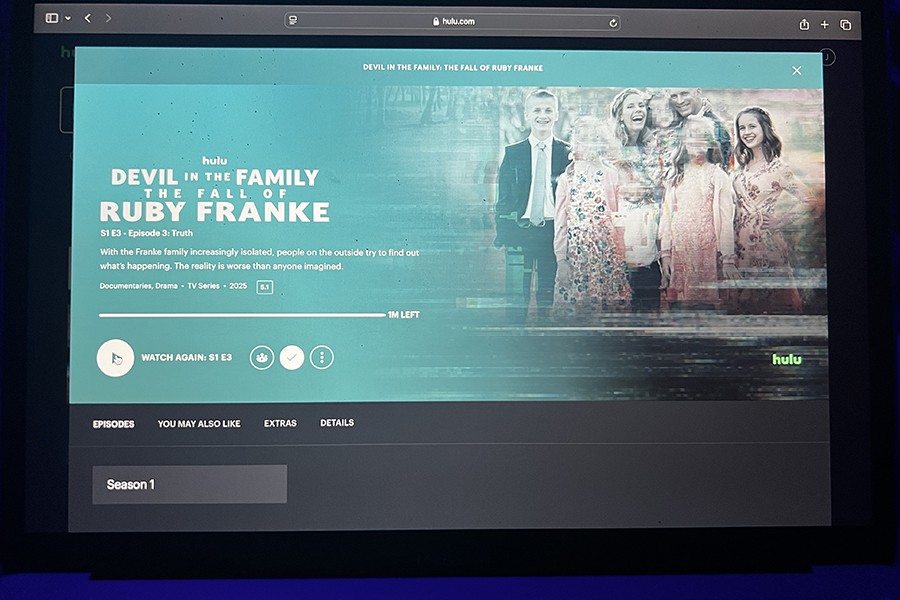With the start of a new school year came the implementation of a new district-wide technology policy. The new internet security system is designed to protect students from inappropriate or dangerous material. But when has the security gone too far? Popups constantly warn about “security threats,” and school computers block everything from Google to the Common Application, making the school system generally unusable for even school work. While protective measures are essential on the web, administrators should not debut new systems without proper considerations.
As the district moves toward more high-tech practices, the experience has been two steps forward and one step back. School-mandated Gmail accounts were created for the students in the spring, but now access to the accounts has been blocked completely.
Accessing Gmail is hit or miss. Some days, the website will open, and some days it will not. Upon opening up Gmail through Google Chrome, a sad-looking animated piece of paper notifies the user that “this webpage is not available.” Trying to access Gmail in Internet Explorer brings the user to a page with a Leander ISD heading saying that the page is blocked. The description reads that the “website contains prohibited Web-Based E-mail content.”
The security system has also caused problems with the Common Application. Internet Explorer, the main browser for the school, does not support the website. Working around the system, counselors and teachers require students to print offline forms from home, which must be sent in through the mail. The process is more lengthy, unreliable and expensive.
The stress and pressure of the college application process does not need to be added to by petty issues such as blocked websites. If the new procedure is supposed to support students, the system should be able to support essential webpages. Although the district encourages updated technology, the policy isn’t ready to be accepted.
CATE teacher Debbie Weiland, who teaches classes like Fashion Marketing and advises FCCLA, has found problems with the security system. Because her classes require access shopping sites, students have been unable to complete assignments at school due to blocked websites. Pinterest has especially caused problems for her classes. By appealing to administration, Weiland got some of the websites to become reopened for student use.
At this point, trial and error is the best way to regain access to the internet. Appeals can be made to teachers to regain access to websites essential to classwork. Another option is to try to access the website through another browser, for example Internet Explorer or Google Chrome.
While access to important websites is the most visible issue for students, there are other underlying problems with the security system. It enforces the safety of students against the online community, but it does not protect the privacy of students by any means.
District administrators have access to all student internet activity on the school system. This includes activity on school computers, as well as activity on personal devices through the school Wi-Fi. Administrators are credited with the ability to detect the exact computer on which a student is playing a video game. Calls are made to the school, and the school can find which student had access to which computer. While the procedure seems Big Brother-esque, it is designed to keep students from accessing dangerous or inappropriate material.
As it is now, halfway through the first semester, the school system still does not seem to support essential websites. The hope is that the district will be able to take a productive step forward, and the internet will gradually reopen for student use.


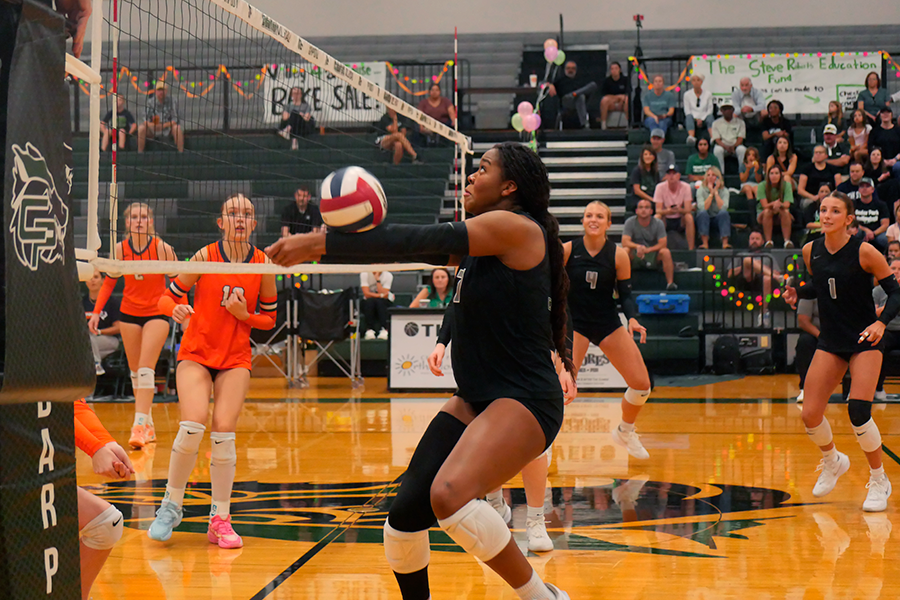
![Jumping off the ground, senior linebacker Bennett Patton snatches the ball out of the air for an interception at Thursday’s game against Chaparral. Patton had two interceptions in the 56-14 victory, tying the school record for interceptions in a game. “I was just playing the game,” Patton said. “[I’m] going to go into next week, forget about it and stay humble.” Photo by Harper Chapman](https://cphswolfpack.com/wp-content/uploads/2025/09/bennett-interception.jpg)
![The fire department came to the school after students were evacuated when smoke started coming from the ceiling of a classroom. All students and staff are safe. “All of my friends left their stuff too, so we couldn’t contact our parents, and it was stressful,” senior Brynn Fowler said. “It was scary because I didn’t know [what was going on], and I couldn’t find anyone because it was a big crowd.” Photo by Anthony Garcia](https://cphswolfpack.com/wp-content/uploads/2025/09/firetruck.jpg)
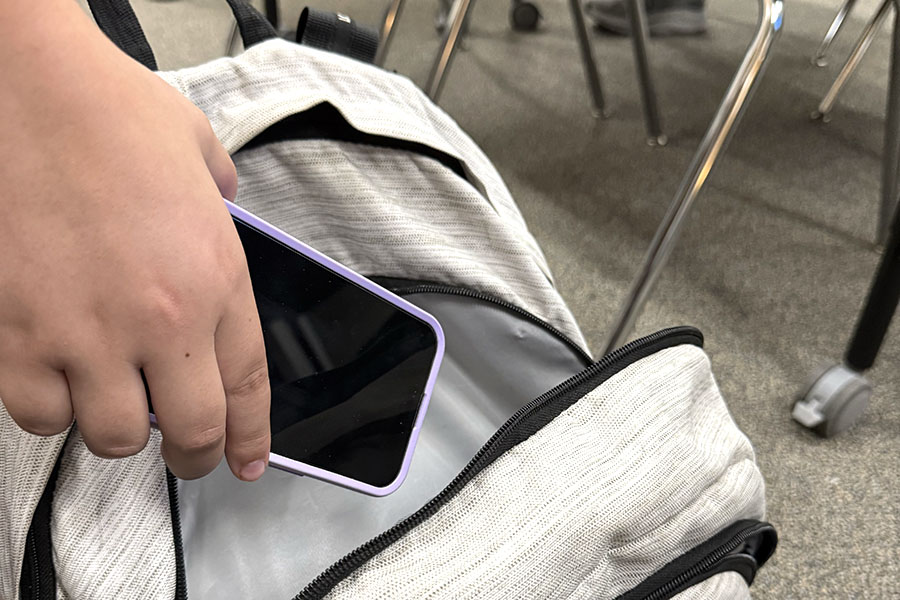

![Sitting with her friend senior Sohpia Struve at last year’s Austin City Limits Festival, senior Ava Zuniga poses for a picture under a pavilion. They are frequent attendees at ACL, an annual music festival at Zilker Park. “I would recommend seeing a bunch of people,” Zuniga said. “This past year, we camped out for Chappell [Roan] for a really long time. I think the whole point of ACL, [which] is a lot of fun, is that you can go see so many different people, even if you don’t know them. So by camping by one person, it really limits yourself from being able to go see a bunch of people.” Photo courtesy of Ava Zuniga](https://cphswolfpack.com/wp-content/uploads/2025/10/EE9E9484-FE6F-4AA0-B5F5-0C177AB32841-1200x857.jpeg)
![Broadcast, yearbook and newspaper combined for 66 Interscholastic League Press Conference awards this year. Yearbook won 43, newspaper won 14 and broadcast took home nine. “I think [the ILPC awards] are a great way to give the kids some acknowledgement for all of their hard work,” newspaper and yearbook adviser Paige Hert said. “They typically spend the year covering everyone else’s big moments, so it’s really cool for them to be celebrated so many times and in so many different ways.”](https://cphswolfpack.com/wp-content/uploads/2025/05/edited-ILPC.jpg)


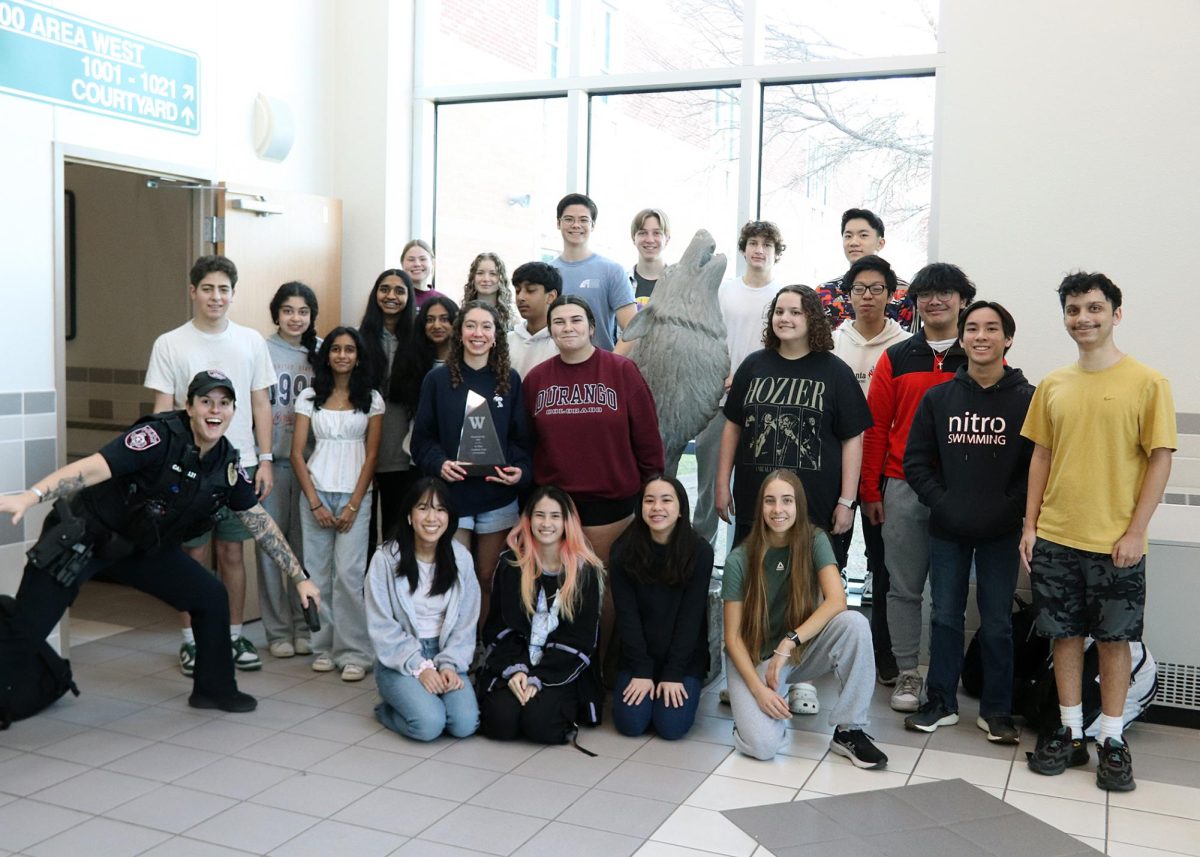

![Looking down at his racket, junior Hasun Nguyen hits the green tennis ball. Hasun has played tennis since he was 9 years old, and he is on the varsity team. "I feel like it’s not really appreciated in America as much, but [tennis] is a really competitive and mentally challenging sport,” Nguyen said. “I’m really level-headed and can keep my cool during a match, and that helps me play a bit better under pressure.” Photo by Kyra Cox](https://cphswolfpack.com/wp-content/uploads/2025/09/hasun.jpg)
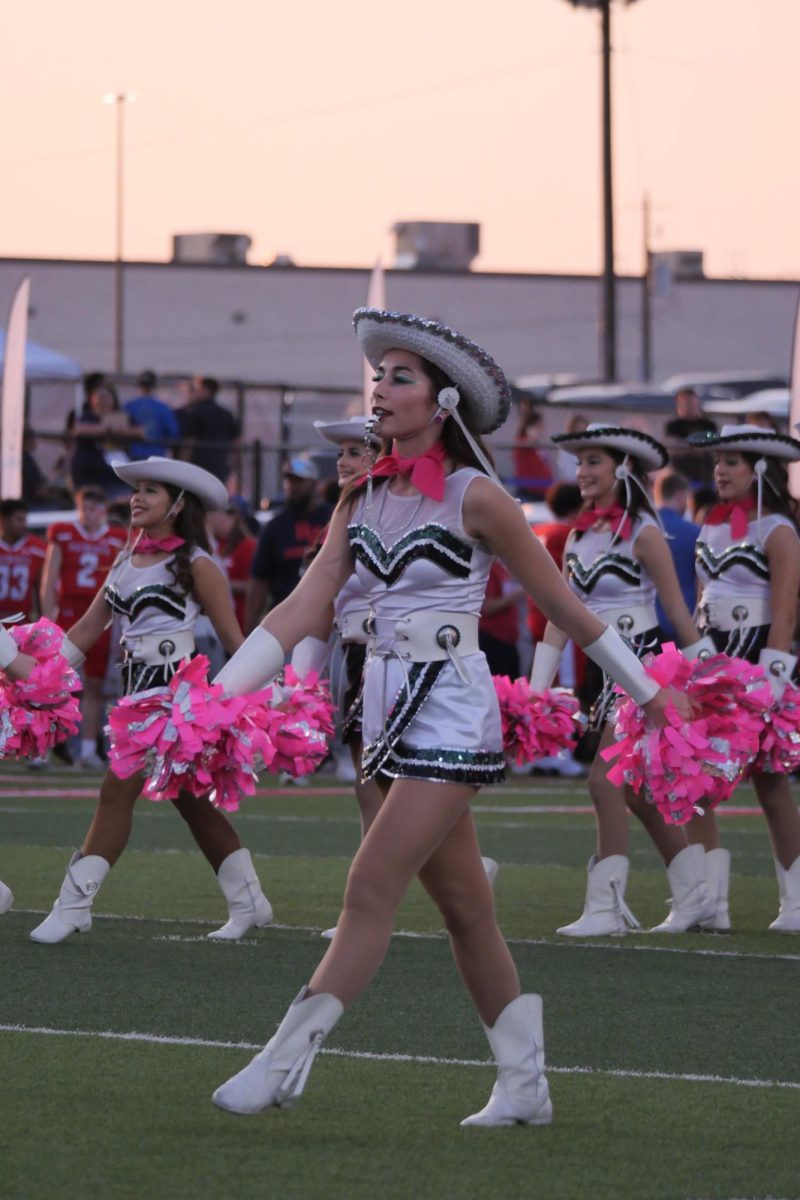

![Bringing her arm over her head and taking a quick breath, junior Lauren Lucas swims the final laps of the 500 freestyle at the regionals swimming competition on date. Lucas broke the school’s 18-year-old record for the 500 freestyle at regionals and again at state with a time of 4:58.63. “I’d had my eye on that 500 record since my freshman year, so I was really excited to see if I could get it at regionals or districts,” Lucas said. “ State is always a really fun experience and medaling for the first time was really great. It was a very very tight race, [so] I was a bit surprised [that I medaled]. [There were] a lot of fast girls at the meet in general, [and] it was like a dogfight back and forth, back and forth.” Photo by Kaydence Wilkinson](https://cphswolfpack.com/wp-content/uploads/2025/03/Kaydence-2.7-23-edit-2.jpg)
![As the support team sits and poses for a photo in the cafeteria with the counseling team they eagerly wait to start their day. "We [all] seem to be a team, I get up every day and there's days where I don't want to go to work today, but I'm thankful that I have a job and I'm blessed to have what I have," Christopherson said. Photo Courtesy of Julie Weltens.](https://cphswolfpack.com/wp-content/uploads/2025/01/AF9E8470-10D7-4C91-BF28-EC8F86BAB66C-1200x852.jpeg)
![Officer Stephanie Cash is in her second year as an SRO at CPHS. “Seeing [students] grow over the years has been kind of cool,” Officer Cash said. “Freshmen that [are] all over the place and then in the next couple of years get a little more squared away and go to class and do work and start thinking about the future. Being a part of a student's growth is the best way to measure my success as an SRO.” Photo Courtesy of Cedar Park Police Department's PIO, Alicia Gallagher.](https://cphswolfpack.com/wp-content/uploads/2024/12/CPHS-SRO-900x1200.jpg)
![As he sprints with the ball, senior running back Trae Hill breaks a tackle during Friday’s 35-14 loss against the Vandegrift Vipers. Hill ran for 135 yards and two touchdowns during the game. “[Scoring] was electric,” Hill said. “It always feels good to score, but the O-line did everything.”](https://cphswolfpack.com/wp-content/uploads/2025/09/IMG_0795allie.varfb_-1200x799.jpg)








